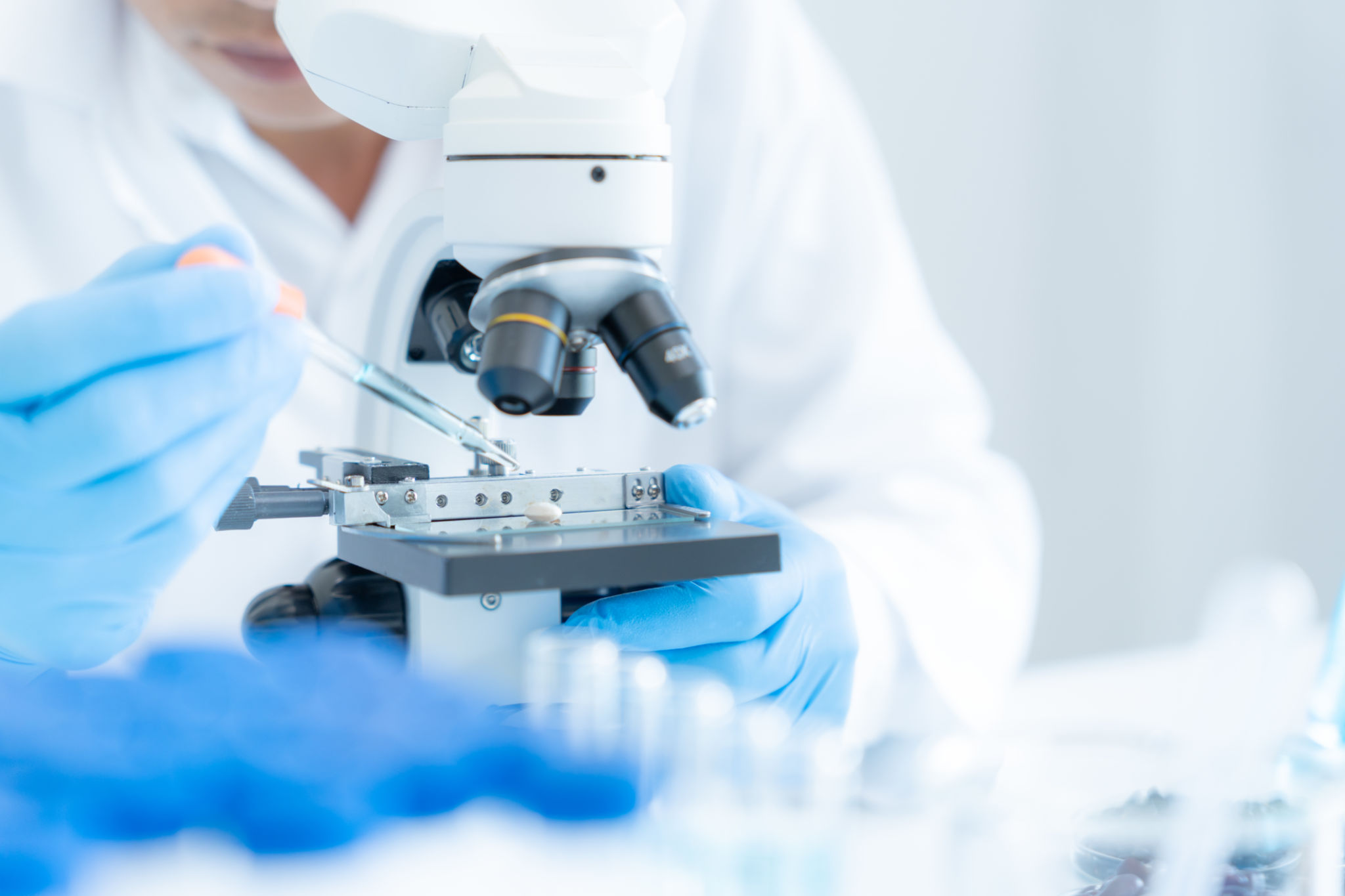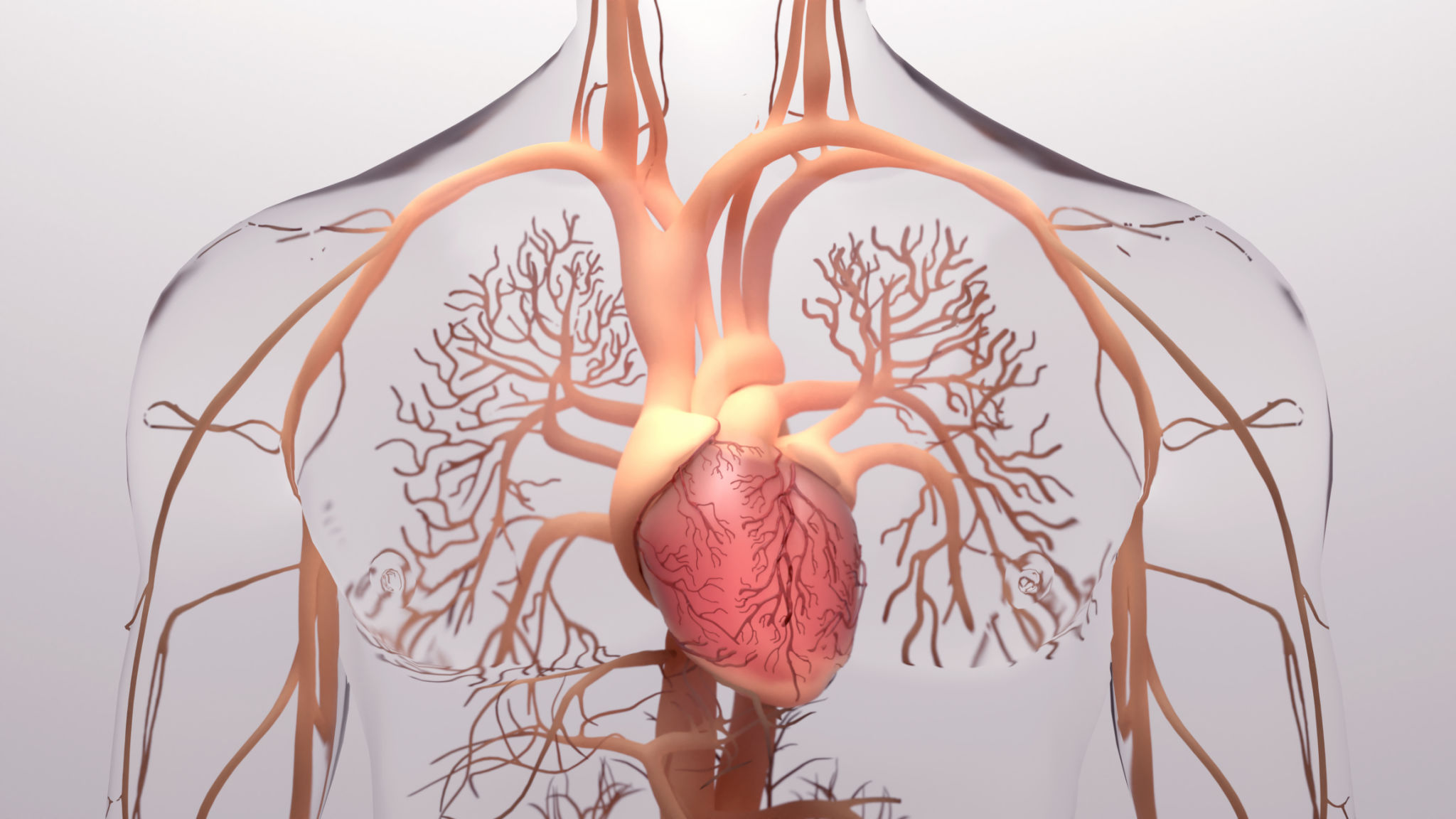Understanding Skeletal Muscle Organoids: A Comprehensive Guide
What Are Skeletal Muscle Organoids?
Skeletal muscle organoids are three-dimensional, lab-created models that mimic the structure and function of human skeletal muscles. These organoids are developed from pluripotent stem cells, which have the ability to differentiate into various cell types. By replicating the complex architecture of muscle tissue, organoids provide a valuable tool for studying muscle development, disease, and drug testing.
The advancement in organoid technology has opened new avenues for medical research, allowing scientists to explore muscle physiology in more detail than traditional two-dimensional cultures. This innovation holds promise for personalized medicine and regenerative therapies.

How Are Skeletal Muscle Organoids Created?
The creation of skeletal muscle organoids begins with pluripotent stem cells, such as induced pluripotent stem cells (iPSCs) or embryonic stem cells. These cells are cultured under specific conditions that encourage them to differentiate into myoblasts, the precursors of muscle fibers.
Once differentiated, myoblasts undergo a process called myogenesis, where they fuse to form multinucleated myotubes. These myotubes mature into functional muscle fibers within the organoid, simulating the development process of natural skeletal muscle.

Techniques and Considerations
Several techniques are employed to enhance the formation and maturation of skeletal muscle organoids. Bioprinting and microfluidic systems are often used to provide structural support and nutrient supply. Additionally, electrical or mechanical stimulation may be applied to promote muscle fiber contraction and improve functionality.
Applications of Skeletal Muscle Organoids
Skeletal muscle organoids have a wide range of applications in biomedical research. They offer a unique platform for studying genetic muscle disorders such as Duchenne muscular dystrophy and amyotrophic lateral sclerosis (ALS). By modeling these diseases in vitro, researchers can gain insights into their progression and identify potential therapeutic targets.

Drug Testing and Development
Organoids also play a crucial role in drug testing and development. They provide a more physiologically relevant environment than traditional cell cultures, allowing for more accurate predictions of drug efficacy and toxicity. This can significantly reduce the cost and time associated with drug development by identifying ineffective or harmful compounds early in the process.
Challenges and Future Directions
Despite their potential, the development of skeletal muscle organoids faces several challenges. One major hurdle is replicating the complex vascularization found in natural muscle tissue. Without proper blood supply, organoids may struggle to grow beyond a certain size or level of complexity.

Advancements on the Horizon
Researchers are actively working on solutions to these challenges, including integrating vascular networks into organoids or co-culturing with other cell types. Advances in bioengineering and materials science are expected to drive further improvements in organoid technology, enhancing their utility for both basic research and clinical applications.
Conclusion
Skeletal muscle organoids represent a significant leap forward in our ability to model human tissue in vitro. As technology progresses, these organoids will become increasingly important tools in understanding muscle function, diagnosing diseases, and developing new therapies. While challenges remain, the future of skeletal muscle organoid research is promising and full of potential for transformative discoveries.